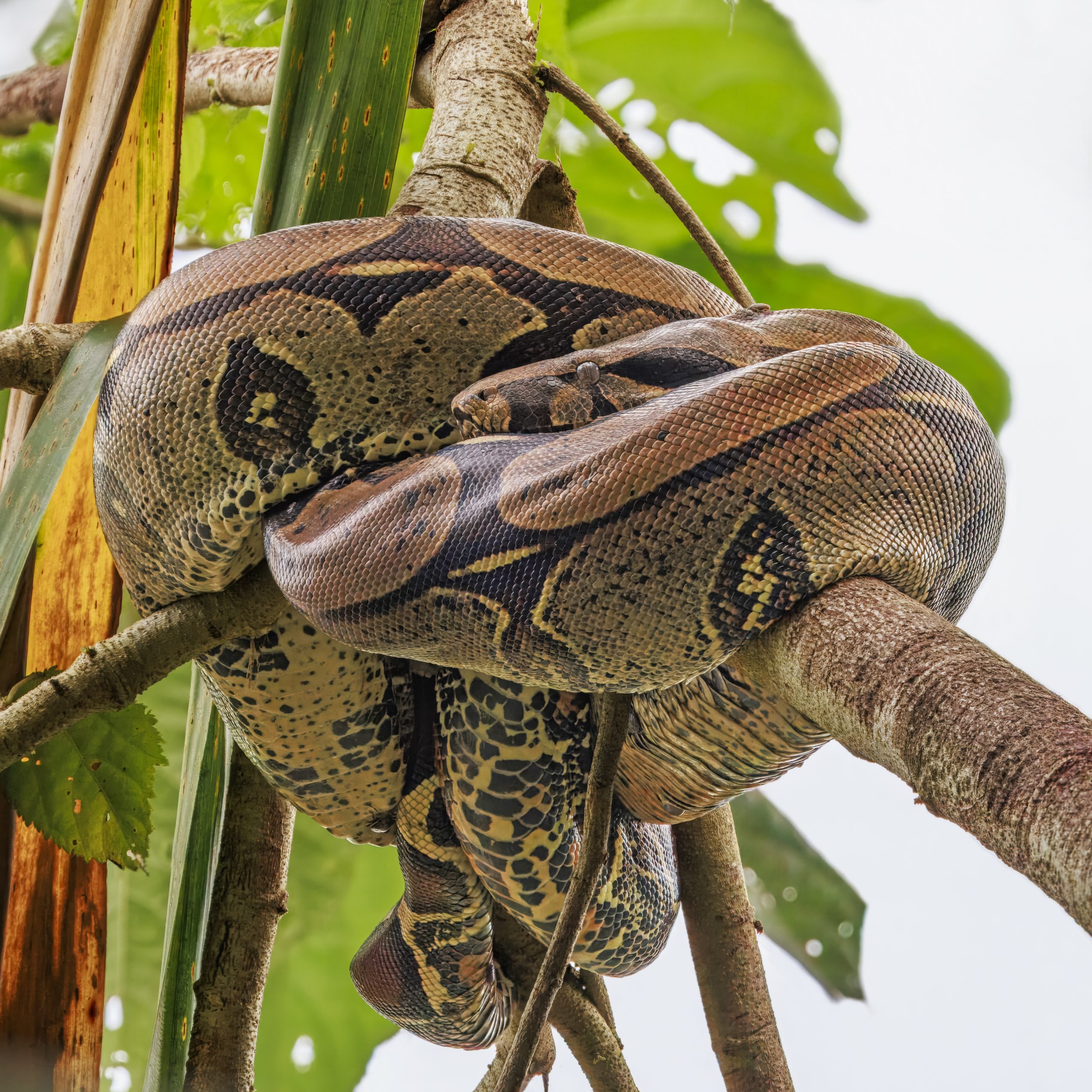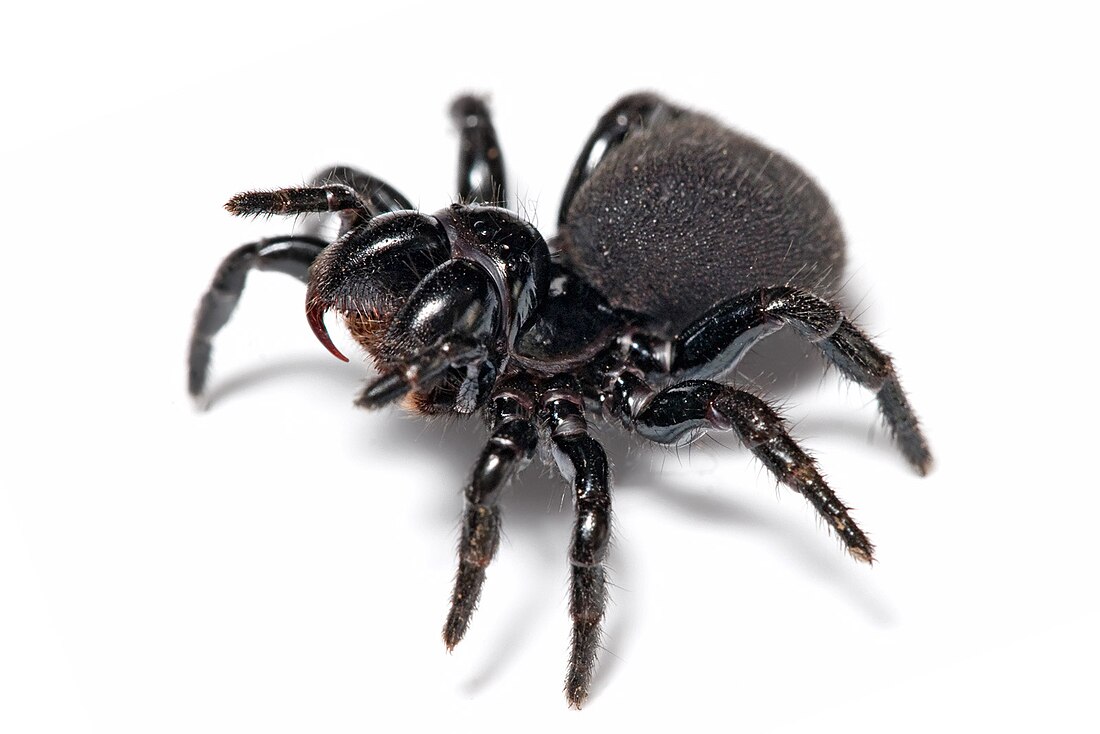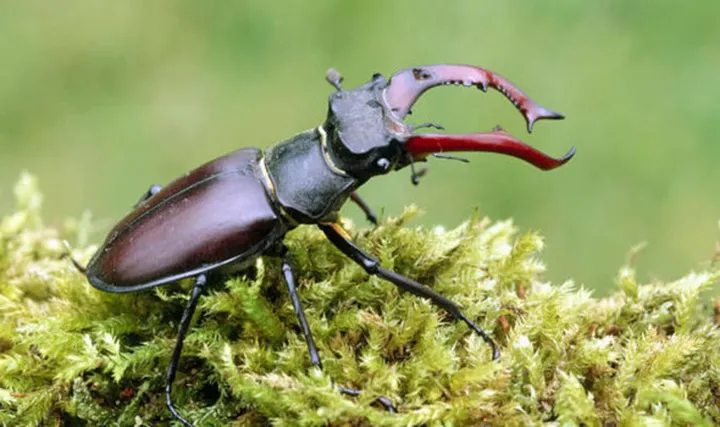The Sanca snake, known scientifically as Malayopython reticulatus, is one of the most fascinating and impressive serpents found across parts of Asia and beyond. Renowned for its remarkable length, striking patterns, and elusive nature, the Sanca snake has captivated the interest of herpetologists, wildlife enthusiasts, and local communities alike. As a member of the Python family, it exhibits a range of physical and behavioral traits that make it a unique subject of study. Understanding the characteristics, habitat, behavior, and conservation of the Sanca snake offers valuable insights into its role within ecosystems and the importance of preserving its populations. This article provides a comprehensive overview of the Sanca snake, exploring its features, habits, and interactions with humans across the globe.
Introduction to the Sanca Snake: A Overview of Its Characteristics
The Sanca snake, or Malayopython reticulatus, is distinguished by its extraordinary length and slender build, often surpassing 6 meters (20 feet) in mature specimens, making it one of the longest snakes in the world. Despite its impressive size, it is a non-venomous constrictor, relying on its muscular body to subdue prey. Its coloration varies widely, typically featuring a complex pattern of yellow, brown, black, and gray markings that serve as camouflage in dense forests and wetlands. The snake’s head is relatively small compared to its body, with sharp, alert eyes that aid in hunting and navigation. Its smooth, shiny scales contribute to its sleek appearance and facilitate movement through various terrains. The Sanca’s adaptability to different environments and its formidable size have earned it both awe and respect in regions where it is found.
Physically, the Sanca snake exhibits a robust yet flexible physique, allowing it to coil and constrict prey efficiently. It possesses a highly developed sense of smell, aided by its forked tongue and Jacobson’s organ, which help it detect prey and navigate its surroundings. Its ability to ascend trees and swim effectively makes it a highly versatile predator. The snake’s impressive length and striking patterning have also made it a subject of fascination and sometimes fear among local populations. Despite its reputation, the Sanca plays a vital ecological role by controlling populations of rodents, birds, and other small animals. Its remarkable physical features and adaptability highlight its status as a key species within its native habitats.
The Sanca snake’s lifespan in the wild can reach approximately 10 to 15 years, with longer lifespans possible in captivity under optimal conditions. It exhibits a primarily solitary behavior, coming together only during the breeding season. Its ability to adapt to a variety of environmental conditions, from rainforests to mangroves and even urban areas, underscores its resilience. However, habitat loss and human encroachment continue to pose significant challenges to its populations. Overall, the Sanca snake’s combination of size, pattern, and adaptability makes it a remarkable example of reptilian evolution and survival.
The scientific classification of the Sanca snake places it within the Pythonidae family, under the genus Malayopython. This genus was established to distinguish the reticulated python from other pythons, emphasizing its unique distribution and characteristics. Its evolutionary history suggests a long-standing presence in Southeast Asia, with genetic diversity indicating the existence of several subspecies adapted to local environments. The snake’s role in traditional cultures and folklore further cements its importance within regional histories. As a species that has thrived for centuries, the Sanca’s biological and ecological traits continue to be subjects of scientific research and conservation efforts worldwide.
In summary, the Sanca snake is a captivating creature characterized by its extraordinary length, striking markings, and ecological significance. Its physical features and behavioral traits exemplify the diversity and adaptability of snakes in tropical environments. Recognizing these aspects fosters greater appreciation and understanding, essential for promoting the conservation of this remarkable species.
Physical Features and Distinctive Markings of Sanca Snakes
The Sanca snake is renowned for its impressive physical features, particularly its remarkable length and slender body structure. Adult specimens can reach lengths exceeding 6 meters (about 20 feet), with some reports suggesting individuals over 10 meters in exceptional cases. Its elongated form allows it to navigate through dense foliage, water bodies, and arboreal environments with agility. The body is muscular yet flexible, providing the strength necessary for constriction and movement. The tail tapers smoothly, aiding in balance and maneuverability in various terrains. Overall, the snake’s physique is a testament to its evolutionary adaptation as a versatile predator.
One of the most striking aspects of the Sanca snake is its distinctive patterning. Its scales are adorned with complex, net-like markings that vary among individuals but generally consist of a series of irregular, interconnected shapes. These markings often feature a combination of dark brown or black outlines with lighter backgrounds of yellow, cream, or tan, helping the snake blend seamlessly into forest floors, leaf litter, and water reflections. The patterning acts as an effective camouflage, protecting it from predators and aiding in ambush hunting. The coloration can also serve as a warning or deterrent to potential threats, signaling the snake’s formidable size and strength.
The head of the Sanca snake is proportionally small compared to its body, with a rounded snout and prominent eyes that provide excellent peripheral vision. The eyes are equipped with vertical slit pupils, typical of many constrictors, which enhance night vision and hunting efficiency during low-light conditions. The scales covering the head are smooth and shiny, contributing to the snake’s sleek appearance. The dorsal scales are keeled in some areas, providing additional traction when climbing or moving across rough surfaces. The ventral scales, visible on the underside, are broader and help in locomotion, especially when pushing forward on the ground.
Color variations among Sanca snakes are common, with some individuals displaying more subdued or brighter patterns depending on their habitat and age. Juvenile snakes often exhibit more vivid markings, which can fade or become more subdued with age. Additionally, rare morphs or color mutations may occur, adding to the diversity within the species. The distinctive markings and physical features not only serve functional purposes but also contribute to the snake’s aesthetic appeal, making it a subject of interest for naturalists and herpetoculturists alike.
In conclusion, the physical features and markings of the Sanca snake are a perfect blend of form and function. Its impressive length, flexible build, and intricate patterning exemplify its role as a masterful survivor within its environment. Recognizing these features is essential for accurate identification and understanding of its ecological adaptations.
Habitat and Geographic Distribution of Sanca Snakes Worldwide
The Sanca snake primarily inhabits Southeast Asia, with its range extending across countries such as Indonesia, Malaysia, Thailand, Myanmar, Cambodia, and Vietnam. It is predominantly found in tropical rainforest regions where dense vegetation, abundant water sources, and a humid climate provide ideal living conditions. These environments offer ample cover, prey, and opportunities for climbing and swimming, which are essential for the snake’s survival. The Sanca’s ability to adapt to different habitats within this range has contributed to its widespread presence across diverse ecological zones.
In addition to natural forests, Sanca snakes have shown adaptability to altered landscapes, including plantations, agricultural areas, and urban fringes. They are often encountered in mangroves, riverbanks, swamps, and wetlands, where water plays a crucial role in their lifestyle. The proximity to water bodies not only provides hydration but also facilitates hunting for aquatic prey such as fish and amphibians. Their arboreal and semi-aquatic tendencies allow them to exploit a variety of ecological niches, making them highly versatile in their habitat preferences.
Geographically, the distribution of the Sanca snake is largely confined to Southeast Asia, but some populations have been reported in neighboring regions, including parts of South Asia and the Philippines. The island populations tend to exhibit slight morphological differences, reflecting adaptations to local environments. The species’ ability to survive in a range of humid, tropical habitats has helped it maintain a stable presence in its native range, although habitat destruction and deforestation threaten certain populations.
The Sanca’s habitat preferences are closely linked to the availability of prey and cover, which influence their activity patterns and reproductive behaviors. Protected areas and national parks serve as vital refuges for wild populations, conserving their natural habitats and promoting biodiversity. In some regions, the snake’s presence is considered a sign of healthy ecosystems, reflecting the richness and complexity of these environments.
Overall, the Sanca snake’s widespread distribution across Southeast Asia highlights its ecological versatility. Its habitat preferences underscore the importance of preserving tropical forests and wetland ecosystems to ensure the continued survival of this remarkable species.
Behavior and Activity Patterns of Sanca Snakes in the Wild
The Sanca snake exhibits a predominantly solitary and secretive behavior, often remaining hidden during the day and becoming more active at night or during twilight hours. This nocturnal activity pattern helps it avoid predators and extreme daytime temperatures, especially in tropical climates. When active, the snake can be observed moving slowly through leaf litter, climbing trees, or swimming in water bodies, depending on the environmental conditions. Its quiet, stealthy movements make it a master of concealment, often evading human detection despite its large size.
In its natural habitat, the Sanca is an ambush predator, relying on its camouflage and patience to catch prey. It typically remains motionless for extended periods before striking with rapid constriction. Its alertness is evident in the way it reacts to vibrations, movements, or disturbances in its environment. When threatened, the snake may hiss loudly or adopt a defensive posture, including coiling and flattening its body to appear larger. Despite its formidable size, it generally prefers to escape rather than confront threats directly.
The Sanca’s activity levels are influenced by environmental factors such as temperature, humidity, and prey availability. During the rainy season, increased activity is observed, coinciding with the abundance of prey and breeding behaviors. Conversely, during dry periods, the snake tends to remain hidden or inactive to conserve energy and moisture. Its seasonal behaviors include



